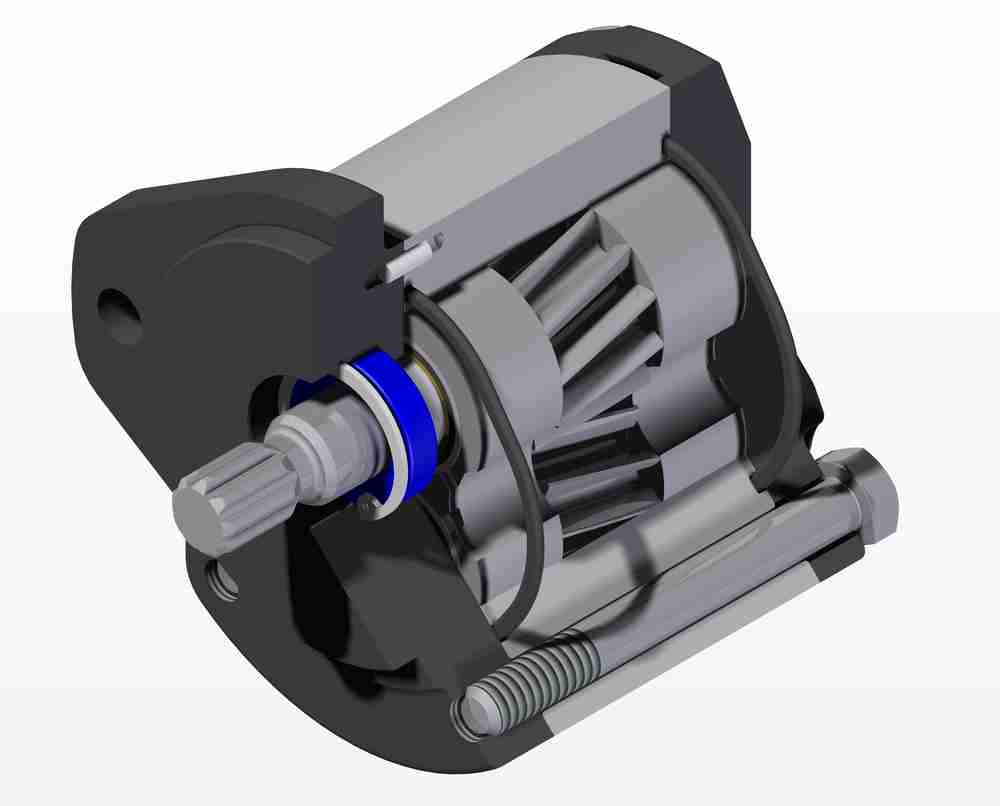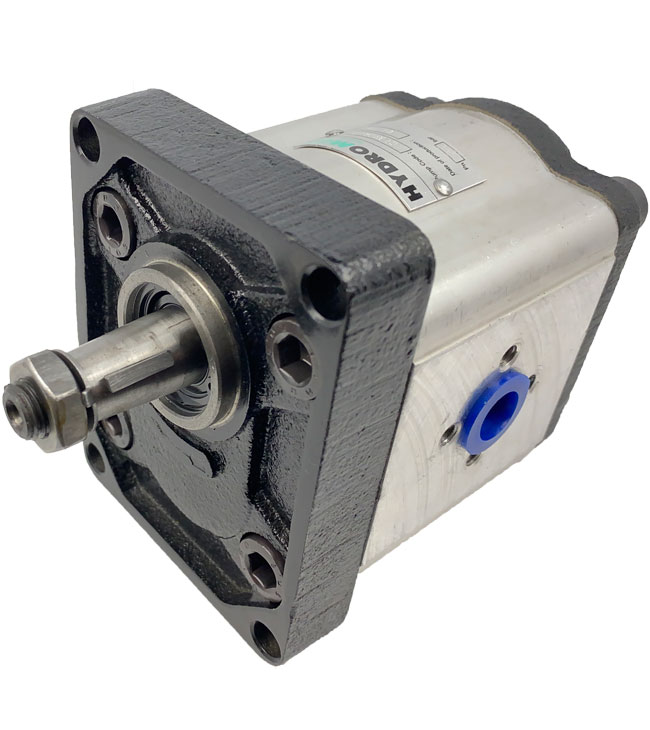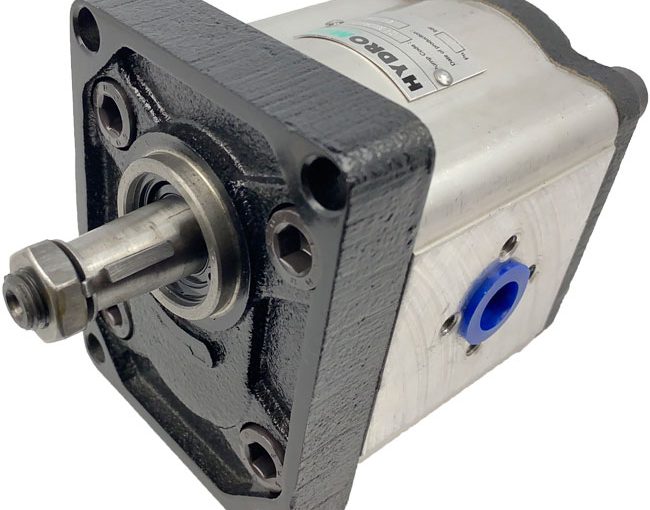Hydraulic pumps are crucial parts of any machinery or plant, and if they’re not working properly, your entire operation can be hampered. In this article, we’ll take a look at some common signs that a hydraulic pump is bad and how to identify and fix the problem.
What are hydraulic pumps?
A hydraulic pump is a device that uses the force of pressurized fluid to move objects. Hydraulic pumps are used in a variety of applications, including aerospace engineering and manufacturing, agricultural production, mining, and water treatment. A hydraulic pump can be classified by its type of motor (internal or external), its working fluid (hydraulic or mechanical), and the direction of its flow (in or out).
How can you tell if a hydraulic pump is bad?
If you notice that your hydraulic pump is starting to make unusual noises or isn’t moving objects as smoothly as it used to, it might be time to have it replaced. A bad pump can cause damage to equipment and can even lead to safety issues. In cases where the pump cannot be repaired, it may be necessary to replace it entirely.

How do hydraulic pumps work?
A hydraulic pump is a machine that uses the energy of a fluid, usually water or oil, to move things. The fluid is circulated through the pump by a rotating impeller. The impeller creates a rotational force that helps move the fluid. Hydraulic pumps can be used to move things like cars, boats, and airplanes. They are also used in factories and construction sites to move water, oil, and other fluids.
If your hydraulic pump is not working properly, you may notice one or more of the following symptoms: the pump will not start or will start but stop immediately; the pump will not move fluid; the pump will not create enough force to move the fluid; or the pump will make strange noises. If you notice any of these symptoms, it is important to take your pump into a qualified technician for inspection.
What are the different types of hydraulic pumps?
Hydraulic pumps are used in a variety of applications, from agriculture to mining. The different types of hydraulic pumps depend on the type of fluid they move and the number of pistons inside the pump.
Piston pumps use pistons to move the fluid. They are the most common type of hydraulic pump and are used in applications such as agriculture, mining, and industrial manufacturing.
Rotary piston pumps use a single rotor that turns to create a flow of fluid. This type of pump is used in applications such as water treatment, oil production, and sewage treatment.
Vortex pumps use multiple sets of blades to create a swirling flow of fluid. This type of pump is used in applications such as water distribution, gas production, and air conditioning.
How to test if a hydraulic pump is bad?
If you suspect that a hydraulic pump is bad, the first step is to determine if the pump is actually in use. Many times, pumps will shut off when they reach their designed operating range, which may not be obvious if the pump is still running. If the pump is in use, you can try to start it by hand or with a battery. If the pump starts but doesn’t seem to be working properly, the next step is to test the fluid flow. Pump failure can result in low fluid flow or no flow at all. To test fluid flow, connect a hose to the output port of the pump and measure how much fluid comes out of the hose. If the pump is bad, you may see low or no fluid flow.
What causes hydraulic pumps to go bad?
hydraulic pumps can go bad for a variety of reasons, including:
-A weak or faulty motor
-A worn or damaged gearbox
-A blocked drainage system-A dirty or clogged impeller
What happens when a hydraulic pump goes bad?
If you’re experiencing problems with a hydraulic pump, the first thing you should do is check the fluid level and pressure. If either of these are low, then the pump may be malfunctioning and needs to be replaced. If the pressure is high but the fluid level is low, then the pump may be overworked and need to be repaired or replaced. In addition, if the pressure is high but there is no fluid coming out of the pump, then it’s likely that the pump has broken and needs to be replaced.
If the pump is overworked or has broken, then it will need to be repaired or replaced. In most cases, a hydraulic pump can be replaced relatively easily by a technician. However, if the pump is severely damaged or if it’s not possible to replace it, then the best option may be to replace the entire hydraulic system.

How can you prevent hydraulic pumps from going bad?
The lifespan of a hydraulic pump can be greatly affected by several factors, including improper maintenance. By knowing the warning signs of a failed hydraulic pump, you can help prevent further damage and ensure that your equipment remains operational.
Some of the most common warning signs of a failed hydraulic pump include:
A noticeable decrease in the pumping speed or force
A decrease in the amount of fluid being pumped
A strange noise or smell coming from the pump
Conclusion
If you’re having trouble with your hydraulic pump, there are a few things you can do to determine if it’s bad. First, check the power cord to make sure it’s not loose or broken. If the cord is good, then try checking for continuity between the motor and the line head using a ohmmeter. Next, inspect all of the moving parts on the pump to see if there are any signs of wear or damage. Finally, test the pump by pumping some fluid through it and listening for any abnormal noises. If everything looks okay, your pump may just need a new seal or belt. In most cases, fixing a bad hydraulic pump is relatively simple and can be done without much hassle; however, if you notice any major problems such as melted components or violent shaking when pumped fluid, you’ll likely need to replace the entire unit.
How can you tell if a hydraulic pump is bad,please click topkitparts see more

